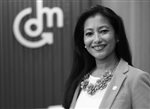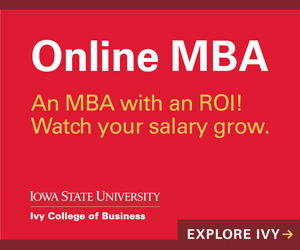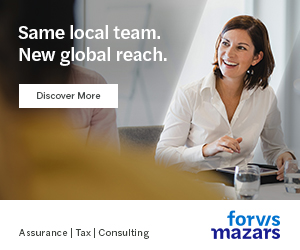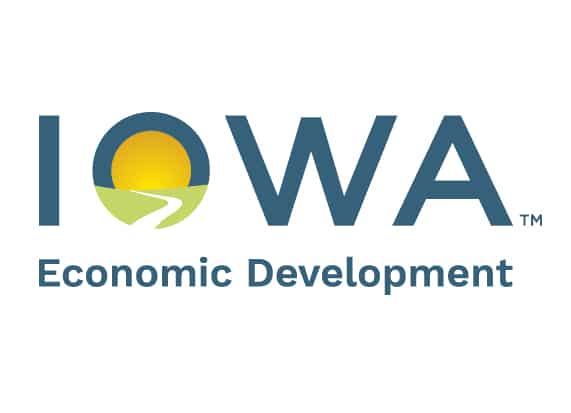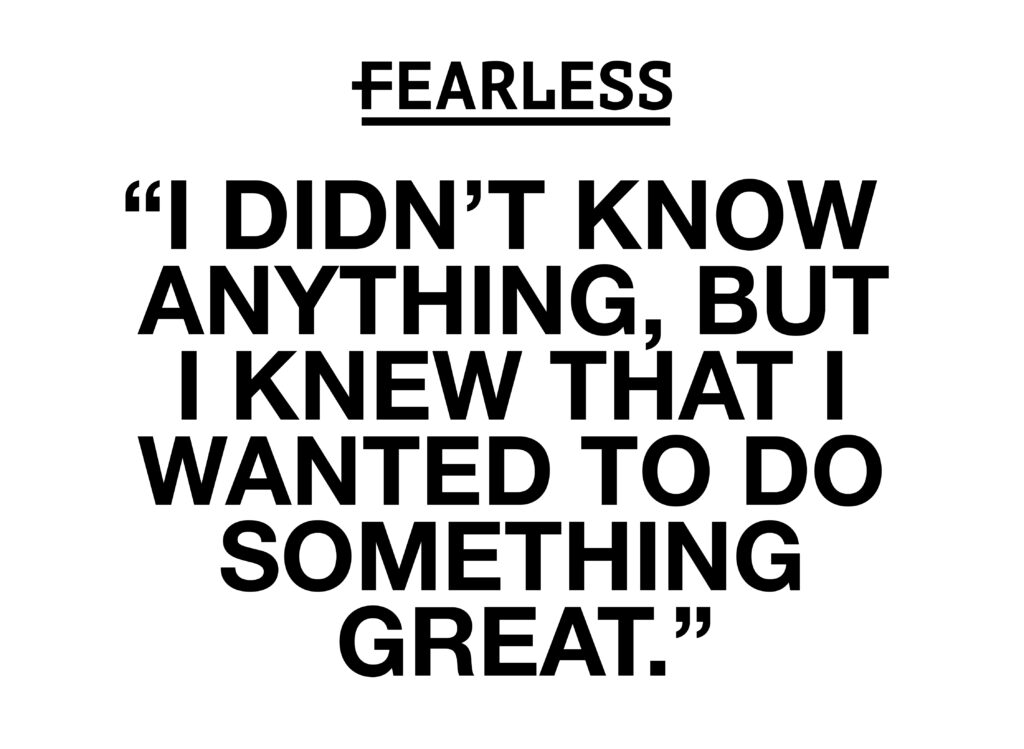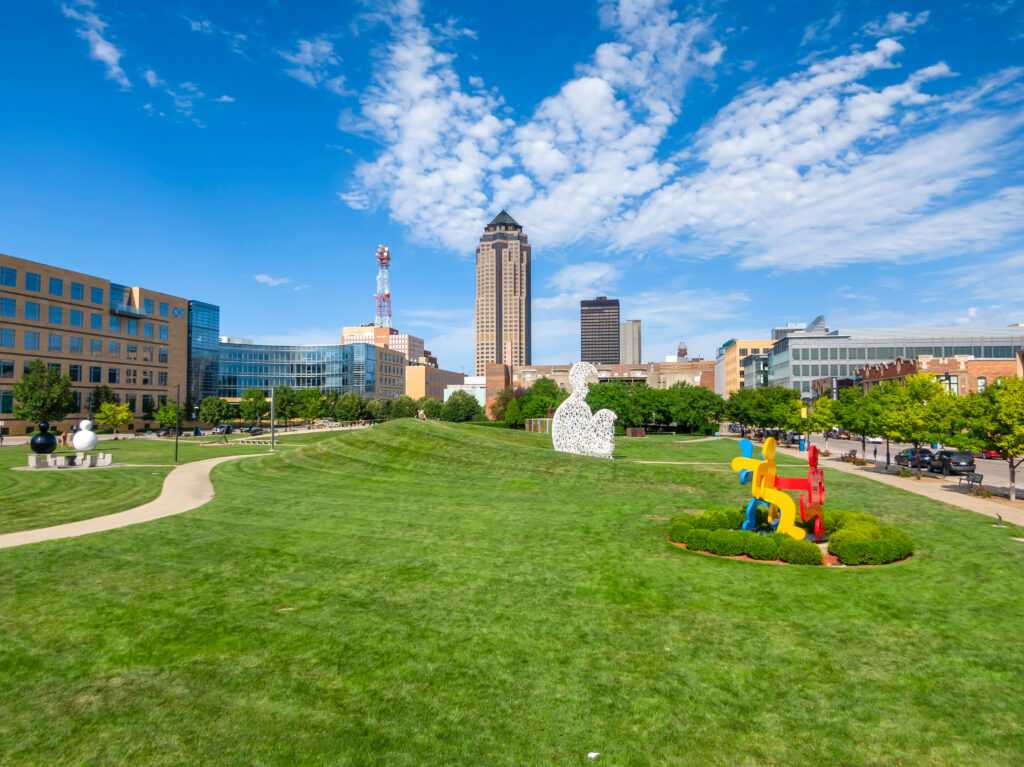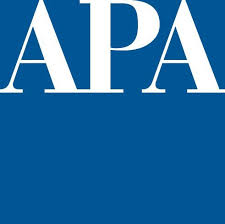A Closer Look: Sanjita Pradhan
Diversity and inclusion director, Greater Des Moines Partnership

MICHAEL CRUMB Oct 30, 2020 | 1:35 am
5 min read time
1,263 wordsArts and Culture, Business Record Insider, Economic Development
Sanjita Pradhan is a familiar face for many in the Greater Des Moines area. As a member of the team at the Greater Des Moines Partnership, she has served as program director of talent development. Recently it was announced she would become director of diversity and inclusion as a realignment of duties at the Partnership. Pradhan, who was born in Nepal, said her experience as a first-generation immigrant to the U.S. gives her special insights into the challenges marginalized populations face. Earlier this year she earned diversity professional certification from the Institute for Diversity Certification, something Pradhan said gives her greater proficiency in the area of diversity, equity and inclusion. Her background, which includes jobs working with refugees and advocating for Asian Americans and Pacific Islanders, helped broaden the lens with which she approaches her job, bringing all sides to the table to find solutions to the challenges facing our community.
Tell us about your background and how it prepared you for your new role.
I have had a lot of different types of jobs in the past 13 years. I started as marketing coordinator at Principal Financial for a year. I was very new to the United States and it was a big culture shock for me. I quit that job on my own and started exploring what was next for me, and I discovered refugees. I was very intrigued by refugees in the United States, with my own personal experience coming in as a first-generation immigrant who came here with language skills and education. I had some savings. I had some family. I had almost everything that one would think of to relocate to the U.S., but I still felt challenges every single day, and I couldn’t understand why refugees who had none of the things I came with would come here and make a life. I became director of the refugee resettlement program at Catholic Charities for almost four years. After that, I felt I needed to figure out how to make a difference from a policy perspective, or from a higher level. Coincidentally, there was a job opening at Iowa Department of Human Rights, where I was able to lead the Office of Asian Pacific Islander Affairs for almost four years, where I was able to bring that information and knowledge about refugees and immigrants to light to help make public policies that are better for our community. During that time I was also appointed by President [Barack] Obama to be on a federal commission on Asian Americans and Pacific Islanders so I was able to represent Iowa and our region in the Midwest to advocate for Asian Americans.
How has your experience as an immigrant shaped your views as you tackle your new role?
One thing that has prepared me is that I identify as a first-generation Asian American who immigrated to the U.S. That experience has allowed me to see life with a completely different lens. It helped me have more empathy and understanding of the many issues our marginalized groups face, so I can be a better ally and a better advocate and bring my real-life experience to this work.
What is it about this new role that excites you and inspires you?
The Partnership has done diversity and inclusion work for a very long time, but we have not had an internal strategy, and this is really the first time the organization has recognized the importance of having a full-time person working to expand diversity, equity and inclusion at the very top level. It’s very interesting and very exciting to lead by example. Like I always say, the work of diversity, equity and inclusion is a journey and not a destination. It’s very exciting to bring best practices and lead by example by having this person right at the top to make a real difference in this work. What inspires me is the commitment I’ve seen from our CEO and our top-level management to really put the time, energy and resources to make a difference in this area.
What is your strategy to be successful in this position?
While there is always an urgency to do things and find small wins, the best strategy for me is to make sure we have a strong foundation within our organization to start this work, lead this work and make this work successful. I’m a big believer in plans, so we’ve created an internal diversity, equity and inclusion plan that has measurable goals and outcomes. For the time, DEI goals are woven through everything we do as an organization and we’re going to be measuring year to year to year to see what difference we are making and what impact we are creating. We cannot do this work without having all of our leadership bought in with us, and we’re very glad that our CEO is 100% committed. Many of our senior leadership, everybody understands the importance of this work. A lot of diversity initiatives fail because they feel like they need to do something, so they bring in a speaker or do a few trainings, but there’s no measurable outcomes – and why are we doing this training if we can’t tie it into their organization’s mission and vision? We’ve become very intentional to make sure we have measurements and metrics and tying it to things like retention and attraction of talent and making sure we’re moving big things in our community. It’s important to me to be a continuous learner, and having a growth mindset is very key to me. The work of DEI is a relatively new field and it’s constantly changing with new information, research and best practices, so I’m always reading and catching up with the latest. And lastly, I would say collaboration is really key to be successful. It takes a village to move the needle in this work. By coming together and collaborating, we can create a bigger impact in our community.
Where do you see yourself and the Partnership making the biggest impact?
There is no silver bullet. There’s multiple facets that affect the process in this area with things like housing, social justice and public policy. The partnership sits at a lot of different tables and can help influence some of these but not all of these. Where I think we can do the best is we have a large number of employers where people go to work every single day, and that’s our lane, that’s where we can make the biggest impact. Corporate diversity and inclusion has made progress, and people might say not as much progress as we should, but there is potential, and employers championing diversity, equity and inclusion, making it a priority, bringing in training and education, and having civil dialogue around difficult conversations. So while there are other areas that we need to work on, this is one area I feel like we can make a difference.
Describe your management or leadership philosophy.
I’m a big-picture thinker. Collaboration is key. You can’t move the needle without collaboration. I’m a pretty consensus-building type of style. It may take a little bit more time to get there, but I do like to get everybody on board and make sure they are understanding why we’re doing this work, what the underlying issues are, and come to a common understanding of what goals, collectively, we can make an impact on.”
What book are you currently reading?
The author is Mike Robbins. It’s “Bring Your Whole Self to Work: How Vulnerability Can Unlock Creativity, Connection and Performance.”

